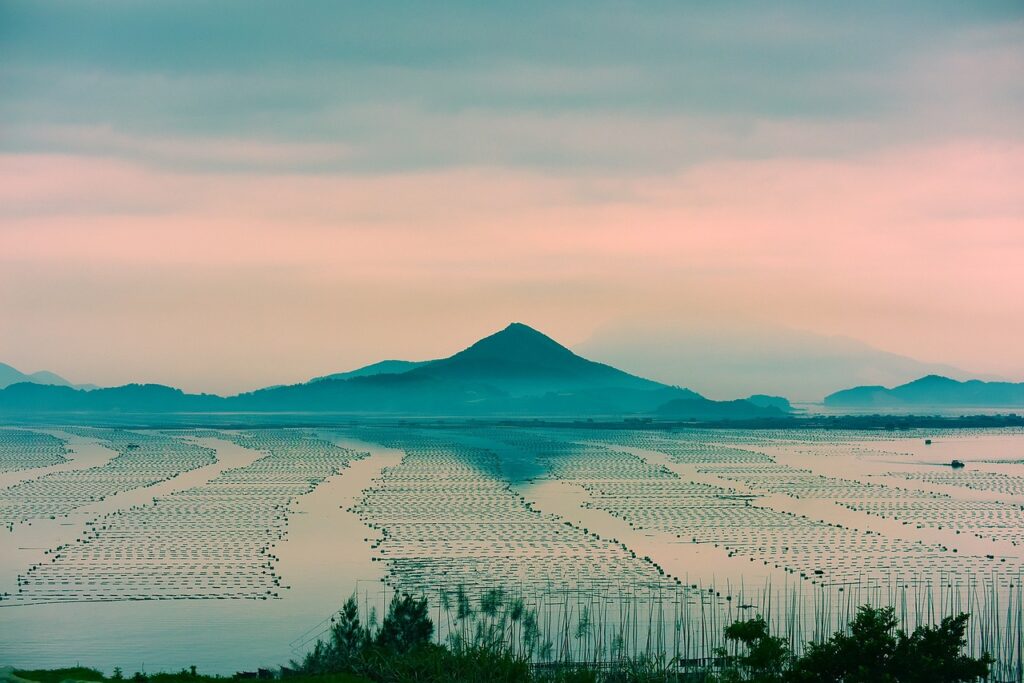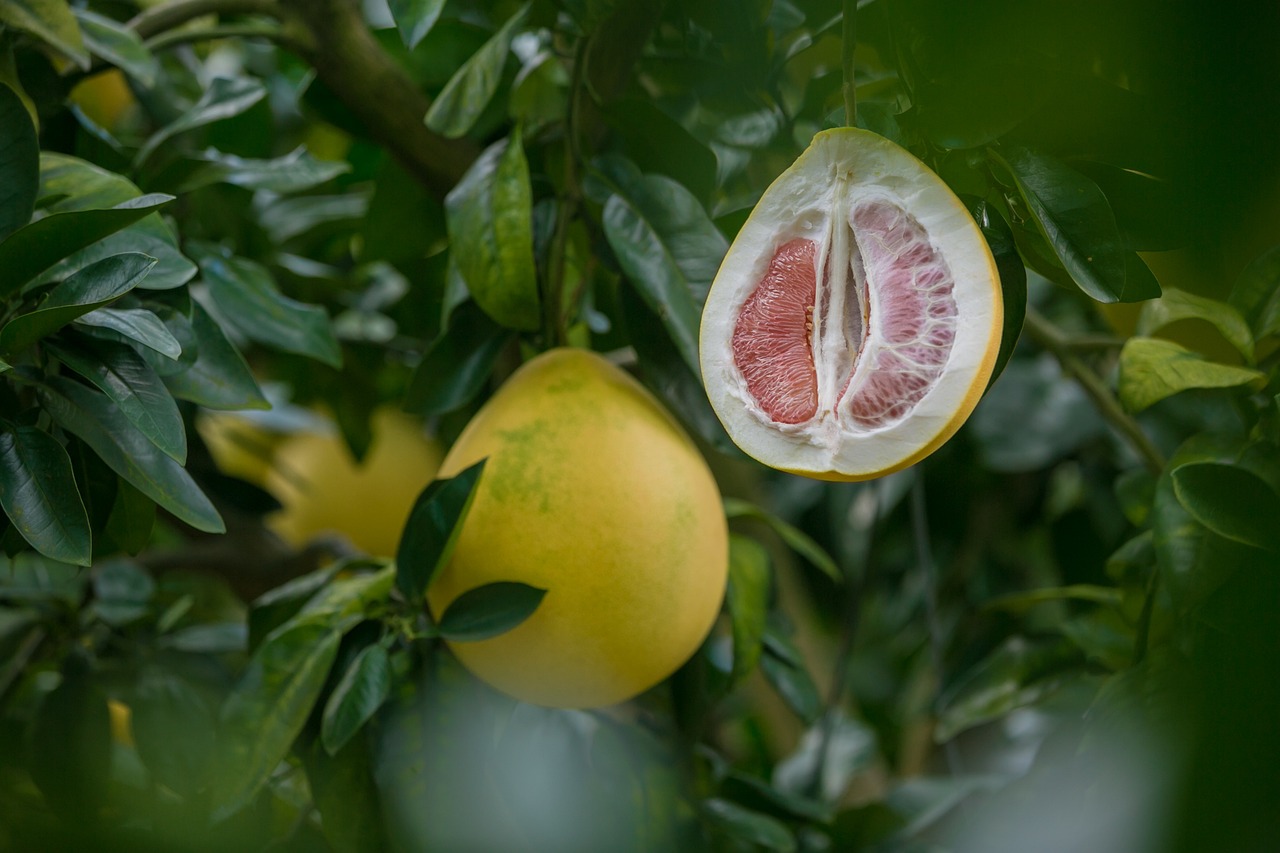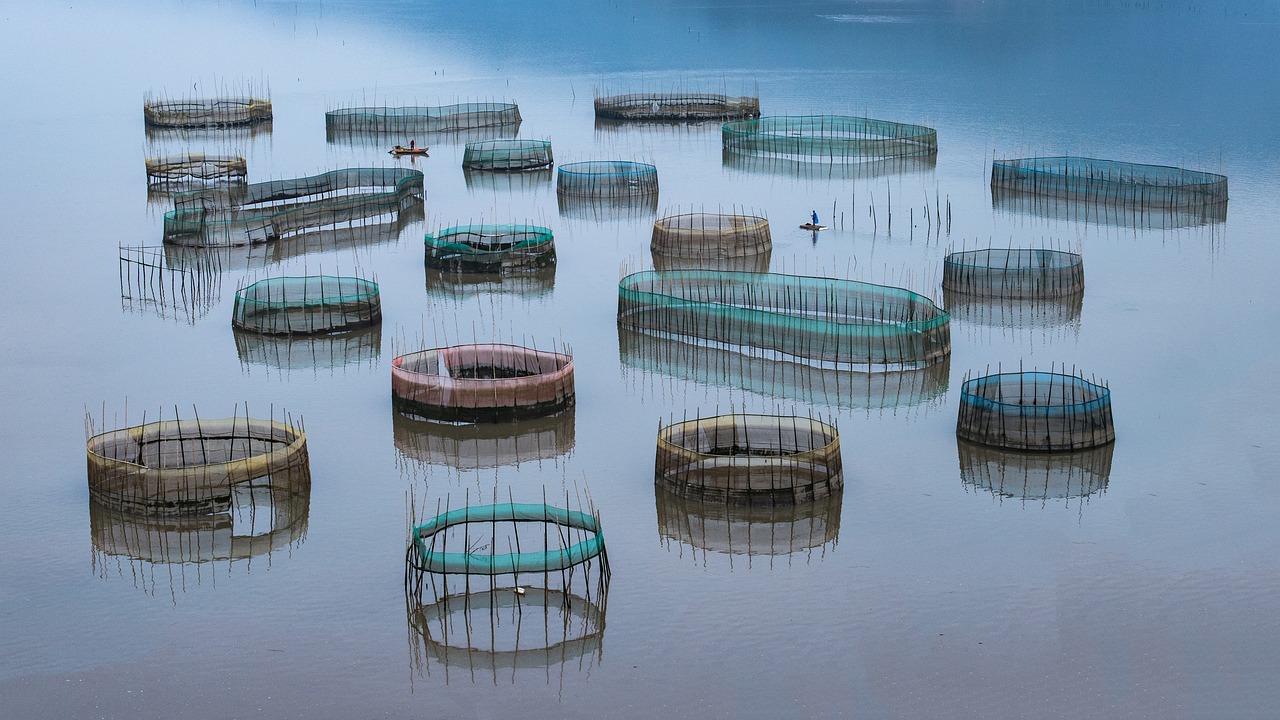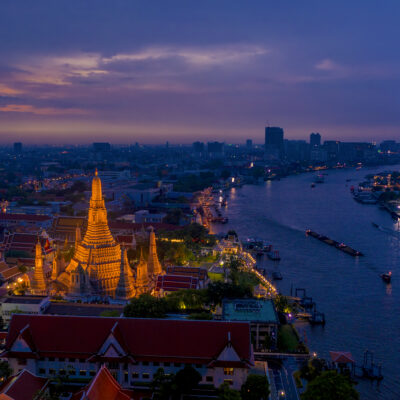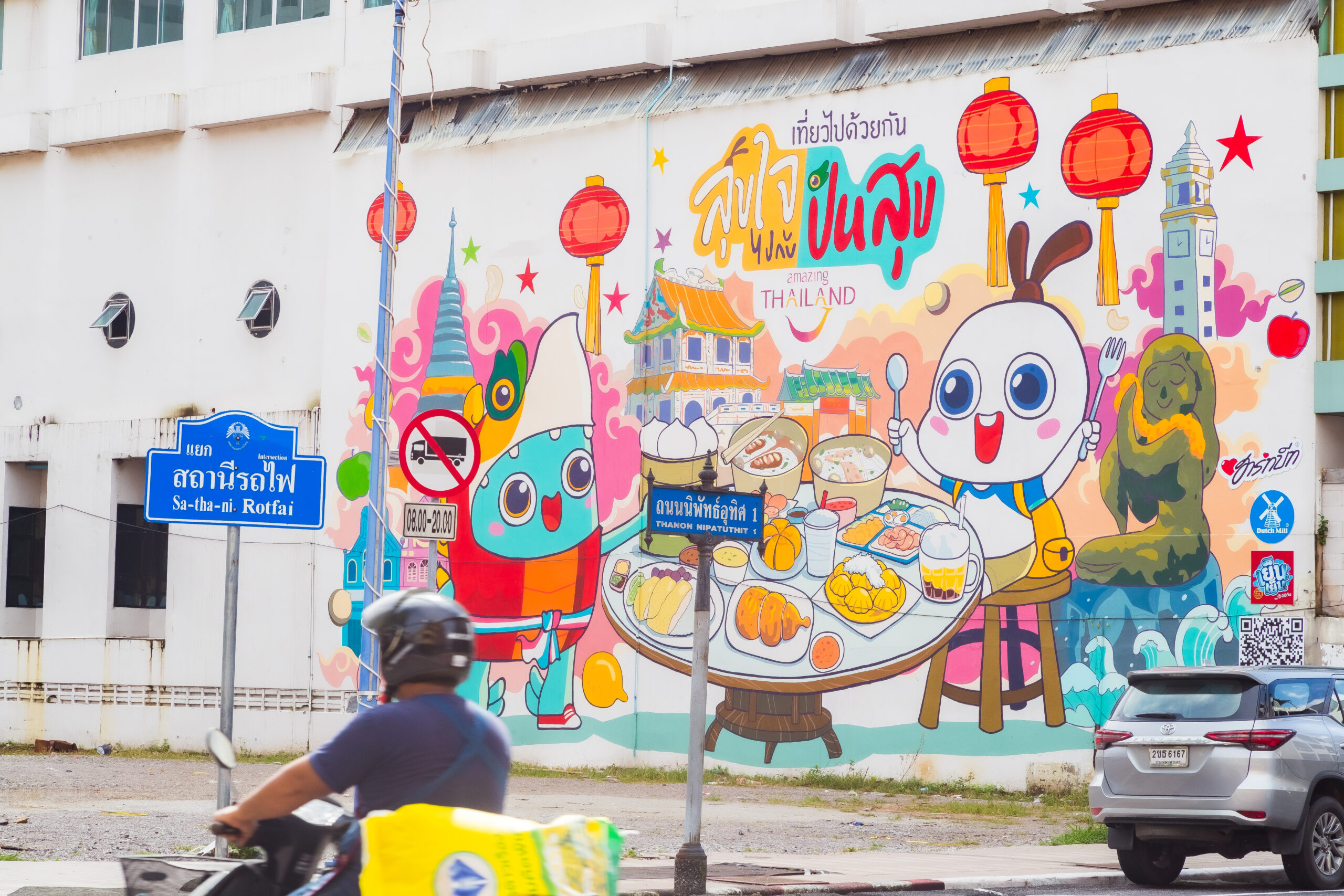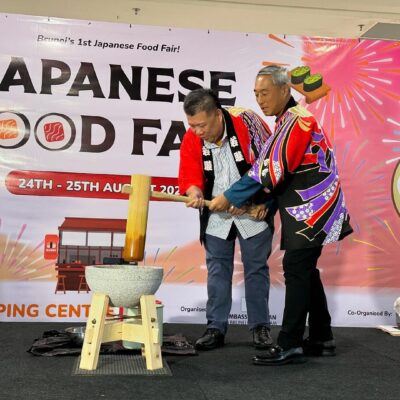A NATURAL BEAUTY
Enjoying the scenery in Fujian is as easy as looking outside your hotel window, thanks to its geography. The area is said to be the most forest covered area in China, although development is beginning to rapidly change that. From towering mountains to a ruggedly beautiful coastline, Fujian is a destination full of amazing sights and photography opportunities. We especially love the Wuyi Mountain, Xiapu Mudflats and the Gulangyu and Meizhou islands for their rich history and well preserved natural landscapes. The Fujian Tulou (Earthen Buildings) are an amazing, living piece of Hakka architecture that should not be missed!
SANFANG QIXIANG 三坊七巷
From above, it looks like a fishbone. The three lanes, Yijin, Wenru and Guanglu, splice further into the seven alleys of Yangqiao, Langguan, Ta, Huang, Anmin Gong and Jibi, as well as Nanhou Street preserving 159 ancient buildings from the Ming and Qing dynasty. Many notable figures from Chinese history lived here, earning it a nickname as the ‘Beverly Hill’ of Imperial China, and the layout is a living fossil of a traditional form of urban planning that dates back to as early as the Tang dynasty. It’s like stepping back into time, and a wonderful place to immerse yourself in the history of Fuzhou. This is a great alternative to explore delicious Fujian cuisine if you don’t have time for Zhongsan Pedestrian Road.
DID YOU KNOW?
Sarawak is a Sister State of Fujian Province.
Charmingly picturesque with its stonewalled houses, breath-taking natural landscapes and heart warming food, Fujian is home to a population close to 40 million people where the rich tapestry of its maritime history and the merging of the sea and mountains contributes to its bountiful produce both on land and in the water. Home of the illustrious Min cuisine, there are soul-soothing soups and plenty of fresh seafood to indulge in.
FEELING FRUIT-TEA
“Where there are Chinese people. there must be Fujian tea.”
Thanks to lush soil and water sources, Fujian and Fuzhou’s fruit and tea products are fames for their high quality. Most notably, longans, lychee and pomelo grown in Fuzhou are especially coveted for their juicy, sweet flesh that benefit from the clean spring water and ideal growing environments. Make a trip to Wuyi Mountain, the home of the Da Hong Pao; one of the world’s most expensive black teas. A dark oolong variety and one of the four main Wuyi Rock teas named Si Da Ming Cong that is grown on volcanic or rd sandstone slopes around the mountain. You’ll find plenty of tea shops and factories to visit and have your fill of tea ceremonies, tea-infused ice cream, tea-leaf eggs and much more!
OH, SHUCKS
These saltwater molluscs are enjoyed across the world for their briny, juicy meat, and for the sea-side community of Fujian, it was no different. It may surprise you to discover in some villages across the southern end like Xunpu, houses with an unusual exterior; the familiar jagged and wavy shells of the leftover shells plastered onto the walls of houses to the area’s main industry of oyster farming. The term ‘Oyster-tecture’ may have been coined by a Western architect but the practise of using oyster shells for structural integrity and weather-proofing in China dates back to 1059 AD. In fact , the first recorded example, the oyster shell-fortified Luoyang Bridge in the UNESCO World Heritage listed city of Quanzhou, is in fact, still standing to this day!


